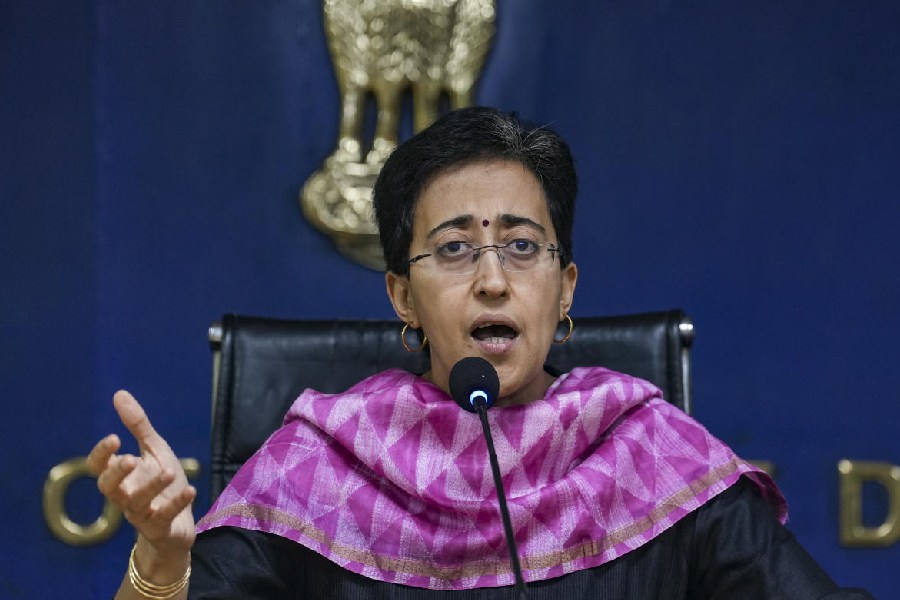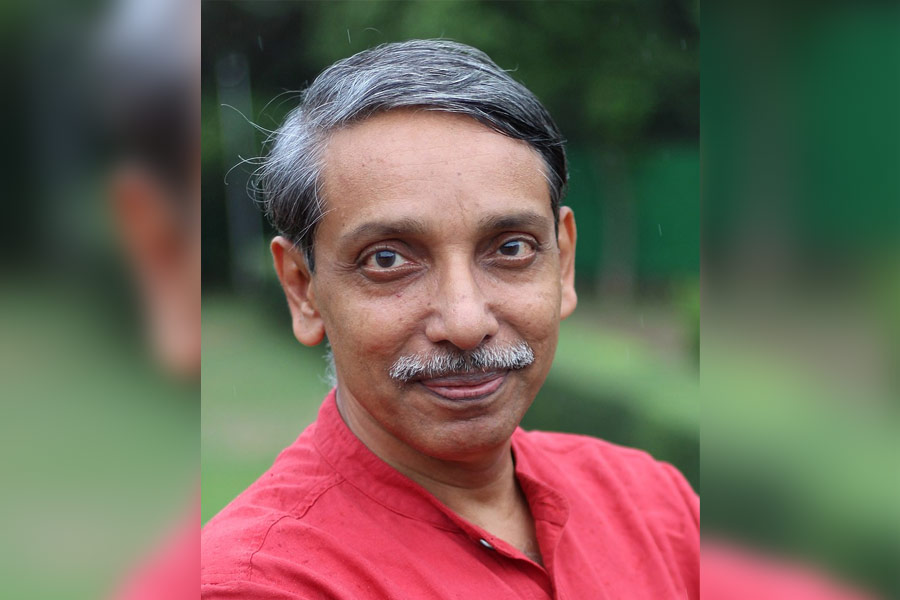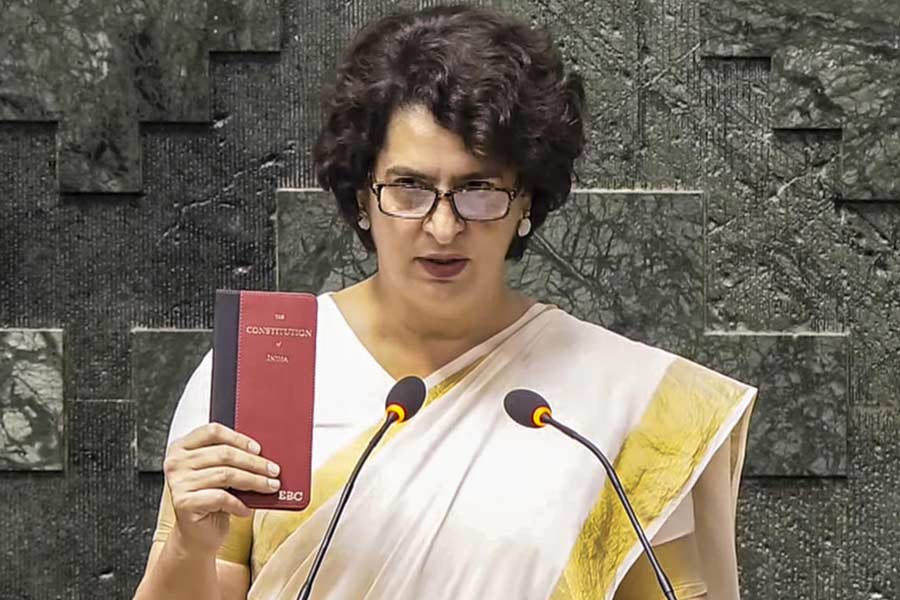India’s new overnight counts of coronavirus patients increased for the first time by over 10,000 on Friday amid global estimates suggesting that India now has the second largest number of “serious” patients after the US.
Health authorities recorded 10,956 new cases, raising the number of patients under medical supervision to 141,842. The country’s total confirmed cases increased to 297,535, among whom 147,195 patients have recovered and 8,498 have died, including 396 over the past day.
The Union health ministry said 6,166 patients had recovered over the past 24 hours and the infection doubling time had stretched from three days during March before the lockdown to 17 days. A network of government and private labs has tested 150,305 samples over the past 24 hours, it said.
The ministry, in a media release, also said the Centre had advised states to “expedite” efforts to upgrade hospital infrastructure — from pulse oxymeters to doctors, nurses and paramedical staff — to manage the increasing numbers of patients.
Two cities account for a third of all “active” patients under medical supervision — Mumbai with around 27,900 patients and Delhi with over 19,500 patients. Three states — Maharashtra, Delhi and Tamil Nadu — make up 68 per cent of the country’s active cases.
India’s epidemic is now the fourth largest in the world measured through active patients after the US with 1.15 million patients, Brazil with 360,000 patients and Russia with 235,000 patients.
But India has around 8,900 “serious” or “critical” Covid-19 patients, the second largest such cohort in the world after the US that has around 16,800 such patients, according to Worldometer, a statistical database maintained by an international team of researchers and volunteers. Brazil has around 8,300 serious patients, while Iran has around 2,700 and Russia, 2,300.
Covid-19 patterns across the world suggest that around 80 per cent of infected persons experience only mild symptoms and do not require hospital care.
The health ministry had said on May 30 that among India’s active patients, 2.55 per cent are in intensive care unit (ICUs), 1.96 per cent on oxygen support and 0.48 per cent on ventilators.
Several critical care specialists engaged in managing Covid-19 patients in India said less than 5 per cent of their patients had at any time required ICUs or ventilators.
“But the epidemic is not uniform across India — we’re seeing different rates of growth in different cities,” Deepak Govil, a senior physician in Gurgaon, and president-elect of the Indian Society of Critical Care Medicine. “This will give some cities more time to prepare themselves.”
Independent researchers at the International Centre for Theoretical Sciences, Bangalore, have used epidemiological models to predict that Mumbai and Delhi could see their epidemic peaks sometime between July and August.
A study by epidemiologists in the US had last month highlighted the need to tailor state-specific strategies for different states in the country, pointing out striking differences across different states.
For instance, according to data from the Chennai-based National Institute of Epidemiology, the average daily test positive rates over the past week have been 23 per cent in Delhi and 20 per cent in Maharashtra, but only 5 per cent in Bihar and 2 per cent in Karnataka and Kerala.
The rising test positive rate in states such as Delhi or Maharashtra suggests that many cases are going undetected and unreported, said Deepankar Basu, an economist at the University of Massachusetts, a co-author of the study.











